An amyloid protein targeted by Alzheimer’s disease therapies seems to be involved in normal mental decline.
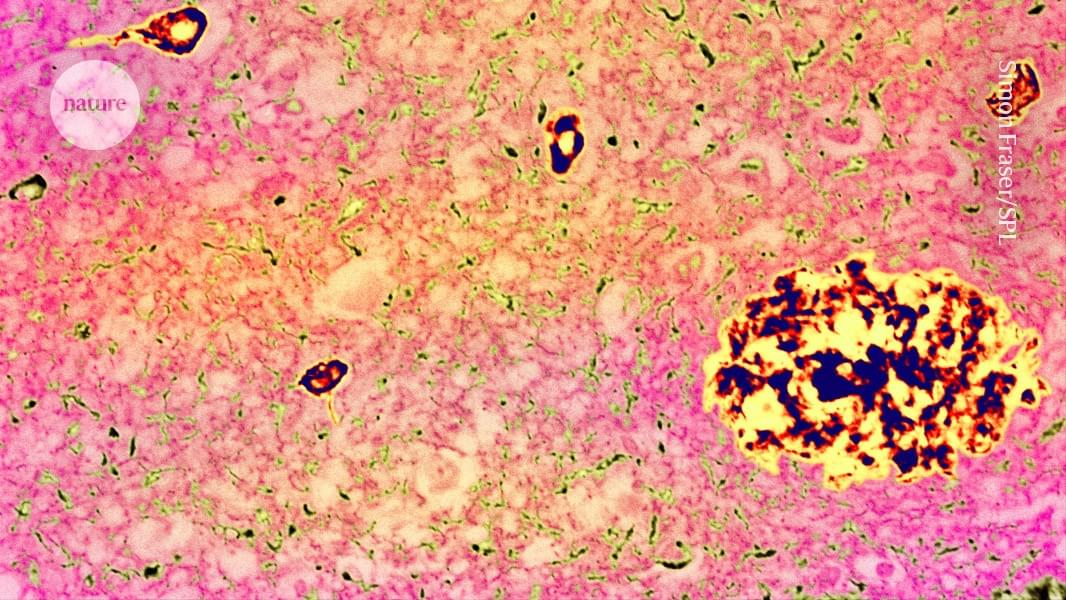


In this work, I present a coherent and comprehensive argument for the nature of consciousness as the inherent ground of phenomena backed by experimental evidence confirming the predictions make by this hypothesis.
This argument makes its point by establishing an equivalence between all observers, generating a set of observational and mathematical predictions which were then tested and confirmed.
Furthermore, when the core tenet of the argument is accepted, it provides clear, testable explanations for most of the curently unresolved questions regarding consciousness, intelligence, and the nature of observed phenomena.
In human engineering, we design systems to be predictable and controlled. By contrast, nature thrives on systems where simple rules generate rich, emergent complexity. The computational nature of the universe explains how simplicity can generate the complexity we see in natural phenomena. Imagine being able to understand everything about the universe and solve all its mysteries by a computational approach that uses very simple rules. Instead of being limited to mathematical equations, using very basic computational rules, we might be able to figure out and describe everything in the universe, like what happened at the very beginning? What is energy? What’s the nature of dark matter? Is traveling faster than light possible? What is consciousness? Is there free will? How can we unify different theories of physics into one ultimate theory of everything?
This paradigm goes against the traditional notion that complexity in nature must arise from complicated origins. It claims that simplicity in fundamental rules can produce astonishing complexity in behavior. Entering the Wolfram’s physics project: The computational universe!
Thousands of hours have been dedicated to the creation of this video. Producing another episode of this caliber would be difficult without your help. If you would like to see more, please consider supporting me on / disculogic, or via PayPal for a one-time donation at https://paypal.me/Disculogic.
Chapters:
00:00 Intro.
01:48 Fundamentally computational.
08:51 Computational irreducibility.
13:14 Causal invariance.
16:16 Universal computation.
18:44 Spatial dimensions.
21:36 Space curvature.
23:52 Time and causality.
27:12 Energy.
29:38 Quantum mechanics.
31:31 Faster than light travel.
34:56 Dark matter.
36:30 Critiques.
39:15 Meta-framework.
41:19 The ultimate rule.
44:21 Consciousness.
46:00 Free will.
48:02 Meaning and purpose.
49:09 Unification.
55:14 Further analysis.
01:02:30 Credits.
#science #universe #documentary
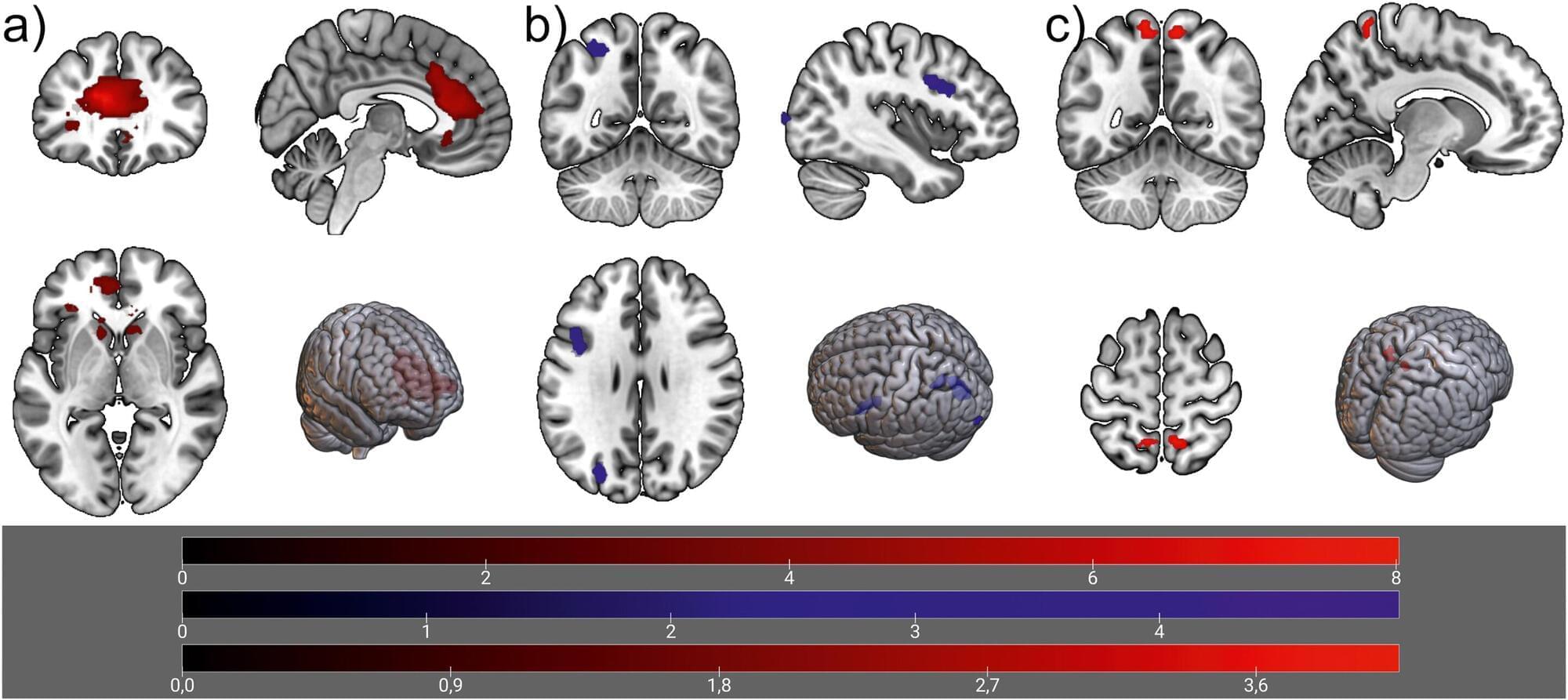
A smartphone’s glow is often the first and last thing we see as we wake up in the morning and go to sleep at the end of the day. It is increasingly becoming an extension of our body that we struggle to part with. In a recent study in Computers in Human Behavior, scientists observed that staying away from smartphones can even change one’s brain chemistry.
The researchers recruited young adults for a 72-hour smartphone restriction diet where they were asked to limit smartphone use to essential tasks such as work, daily activities, and communication with their family or significant others.
During these three days, the researchers conducted psychological tests and did brain scans using functional magnetic resonance imaging (fMRI) to examine the effects of restricting phone usage. Brain scans showed significant activity shifts in reward and craving regions of the brain, resembling patterns seen in substance or alcohol addiction.
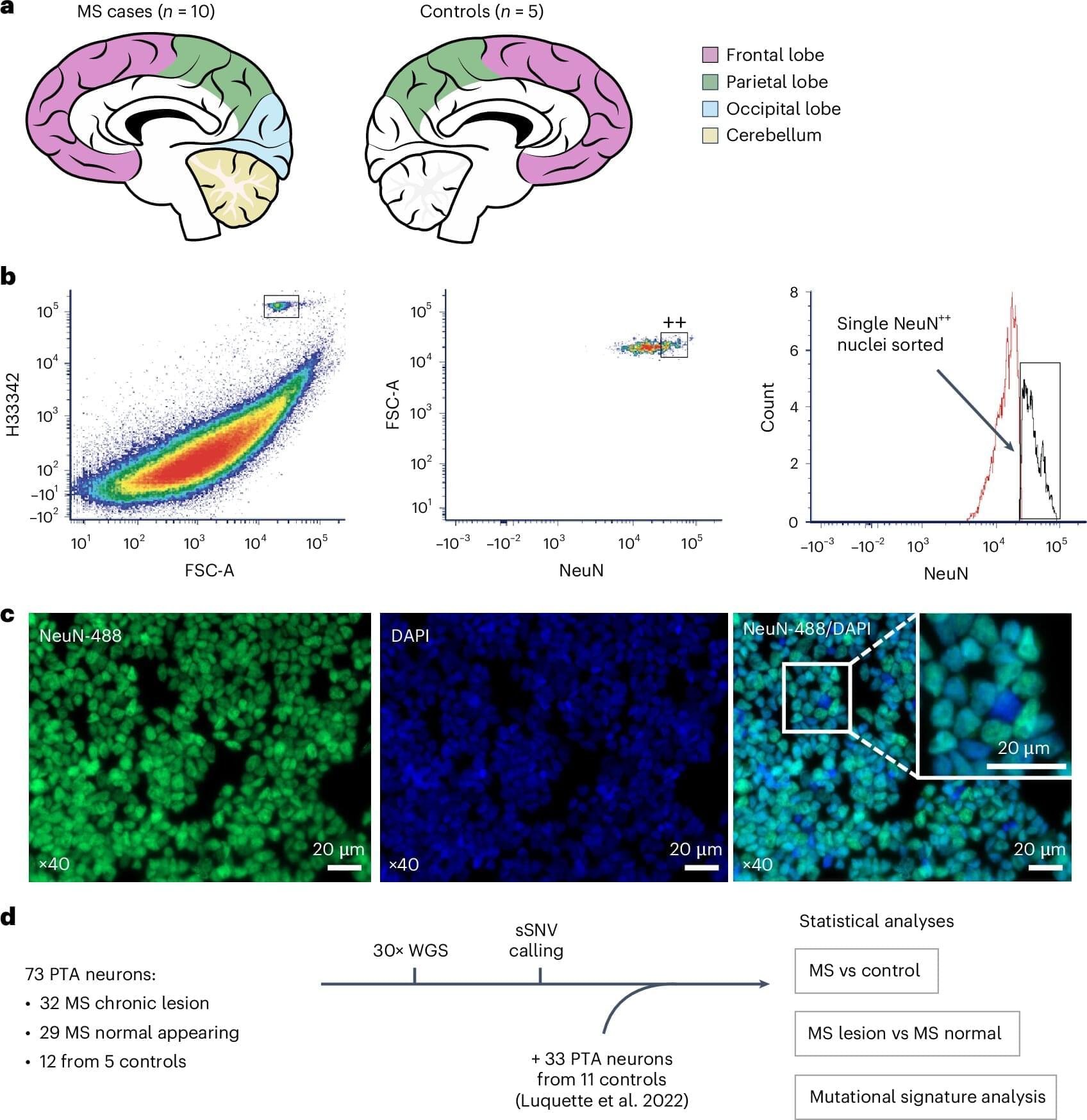
For the first time, researchers have identified that inflammation—long associated with multiple sclerosis (MS)—appears to cause increased mutations linked to MS progression.
MS is a progressive neurological disease that affects 33,000 Australians and three million people worldwide. About one-third of people living with MS have progressive disease, which current treatments do not address effectively.
The researchers studied MS brain lesions, visible as spots on MRI scans, which are areas of past or ongoing brain inflammation. They found neurons located in MS brain lesions have a mutation rate that is two-and-a-half times faster than in normal neurons.
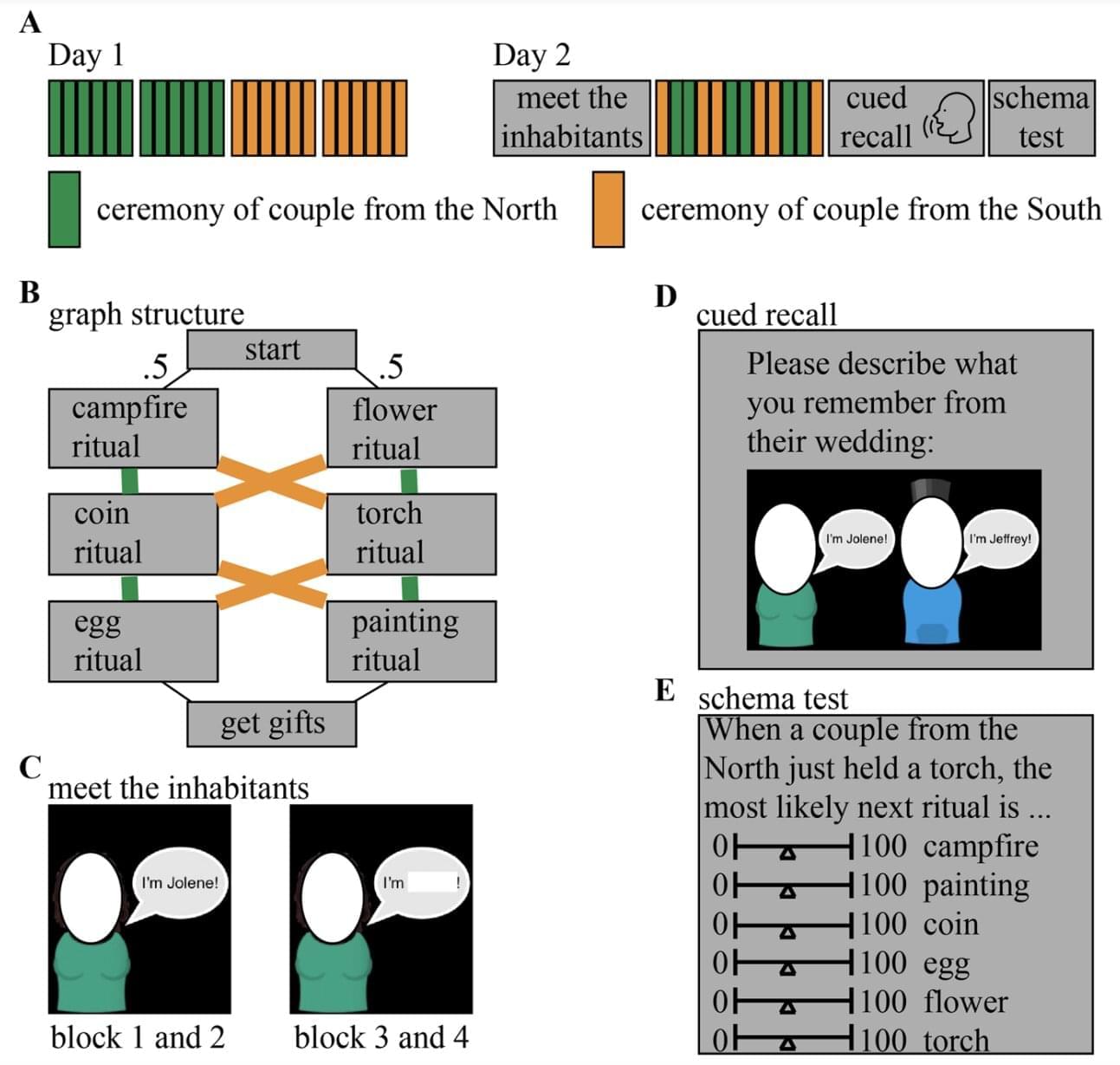
The human brain continuously processes the wide range of information it acquires from the outside world. Over time, this information is organized into mental representations, referred to as “schema,” which help us to understand what is happening at a given time and make predictions about what will happen next.
Temporal schemas are mental representations that specifically outline the order in which specific events occur. For instance, when attending a wedding, temporal schemas could allow us to anticipate the order in which different parts of the ritual (e.g., the arrival of the bride, the exchange of vows, etc.) will take place.
Researchers at Tilburg University and Princeton University recently carried out a study aimed at further exploring how the brain represents these structured sequences of events.

In the annals of scientific inquiry, few endeavors have been as audacious as the attempt to bridge the chasm between the tangible and the intangible, the empirical and the experiential. The declassification of the 1983 U.S. Army Intelligence report, “Analysis and Assessment of The Gateway Process,” offers a compelling case study in this regard. Authored by Lieutenant Colonel Wayne M. McDonnell, the report delves into altered states of consciousness, suggesting that human consciousness may transcend the physical plane, potentially supporting concepts akin to reincarnation. This proposition invites us to explore the intersection of infodynamics — the study of information dynamics within physical systems — and phenomena traditionally deemed spiritual, under the premise that all such phenomena are rooted in the natural order.
At the heart of this exploration lies the principle that information, much like energy, is conserved within the universe. This concept is reminiscent of the first law of thermodynamics, which asserts that energy cannot be created or destroyed, only transformed. In the realm of information theory, this translates to the idea that information persists, undergoing transformations but never facing annihilation. This perspective aligns with the notion that consciousness, as a form of information, may continue beyond the cessation of its current physical embodiment.
Quantum mechanics further enriches this discourse. The phenomenon of quantum entanglement, wherein particles become interconnected in such a way that the state of one instantaneously influences the state of another, regardless of the spatial separation, challenges our classical understanding of locality and separability. This non-locality suggests a deeply interconnected fabric of reality, where information is not confined to a singular point in space or time. Such a framework provides a plausible basis for understanding how consciousness, as an informational construct, could transcend individual physical forms, offering a naturalistic foundation for phenomena like reincarnation.

Maple syrup urine disease (MSUD) is a rare genetic inborn error of metabolism characterized by recurrent life-threatening neurologic crises and progressive brain injury. The disease is typically caused by biallelic mutations in genes (branched-chain α-ketoacid dehydrogenase E1α (BCKDHA), E1β (BCKDHB), or dihydrolipoamide branched-chain transacylase (DBT)) subunits which interact to form the mitochondrial BCKDH complex that decarboxylates ketoacid derivatives of leucine, isoleucine, and valine. MSUD can be treated by a strictly controlled diet or allogeneic liver transplantation.
Now, new work demonstrates that a gene therapy prevented newborn death, normalized growth, restored coordinated expression of the affected genes, and stabilized biomarkers in a calf as well as in mice.
This work is published in Science Translational Medicine in the paper, “BCKDHA-BCKDHB digenic gene therapy restores metabolic homeostasis in two mouse models and a calf with classic maple syrup urine disease.”
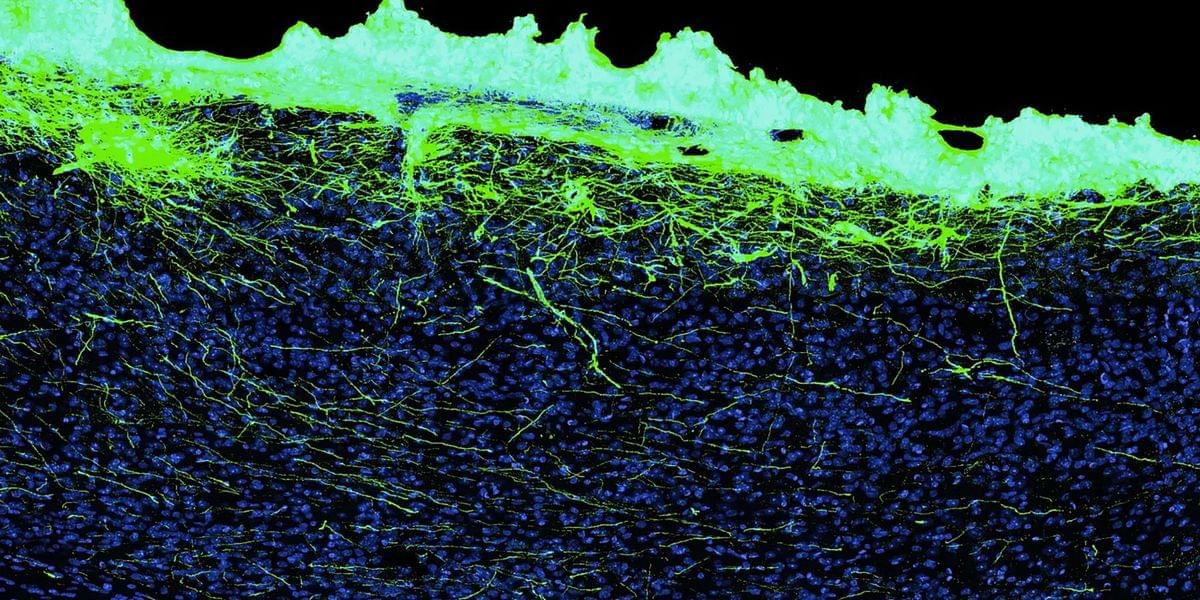
Brain-computer interfaces have enabled people with paralysis to move a computer cursor with their mind and reanimate their muscles with their thoughts. But the performance of the technology — how easily and accurately a BCI user’s thoughts move a cursor, for example—is limited by the number of channels communicating with the brain.
Science Corporation, one of the companies working towards commercial brain-computer interfaces(BCIs), is forgoing the traditional method of sticking small metal electrodes into the brain in favor of a biology-based approach to increase the number of communication channels safely. “What can I stick a million of, or what could I stick 10 million of, into the brain that won’t hurt it?” says Alan Mardinly, Science Corp co-founder.
The answer: Neurons.

Who hasn’t been there? The big meal is over, you’re full, but the craving for sweets remains. Researchers from the Max Planck Institute for Metabolism Research have now discovered that what we call the “dessert stomach” is rooted in the brain. The same nerve cells that make us feel full after a meal are also responsible for our craving for sweets afterwards.
To find the cause of the “dessert stomach,” the researchers investigated the reaction of mice to sugar and found that completely satiated mice still ate desserts. The paper is published in the journal Science.
Investigations of the brain showed that a group of nerve cells, the so-called POMC neurons, are responsible for this. These neurons became active as soon as the mice were given access to sugar, which facilitated their appetite.